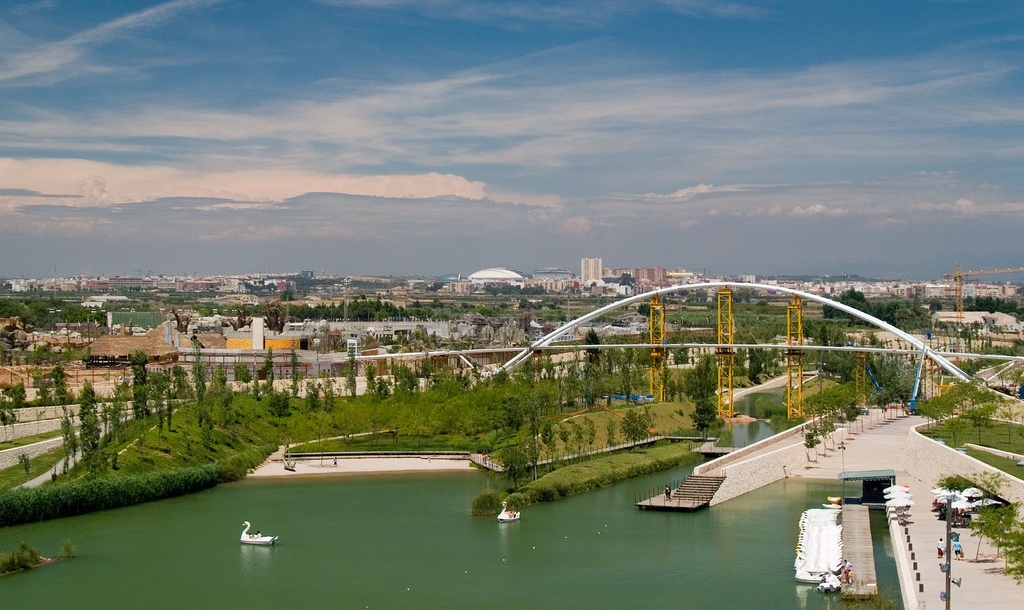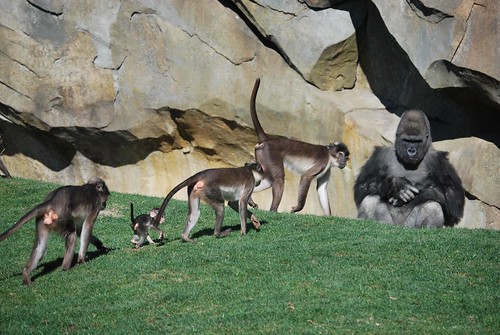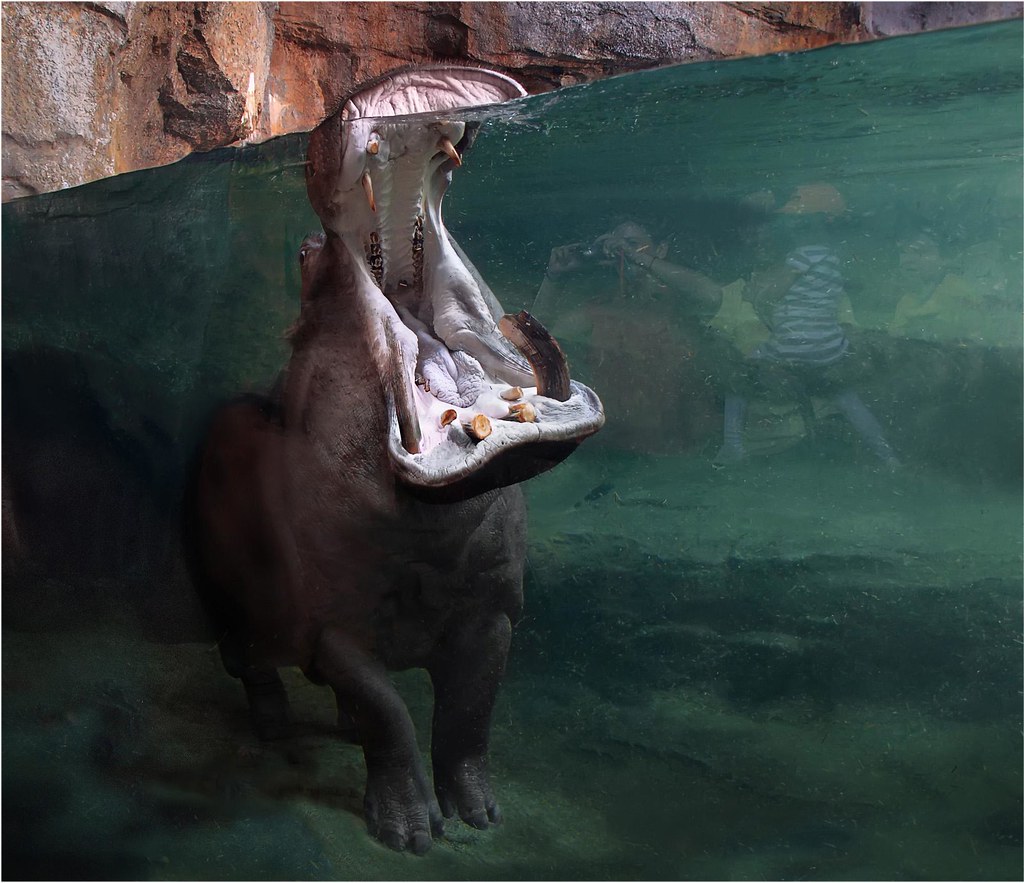Bioparc is the new space for animals that the city of Valencia has
situated in the park called Parque de Cabecera, to the north of the
garden of the old course of the River Turia.

It is an innovative project
that offers visitors the opportunity of entering in wilderness habitats
where animals live in social groups of their own kind and coexistence
with other compatible species, as occurs in nature.

BIOPARC Valencia is an animal park that has been designed under the concept of zoo-immersion. The incorporation of multispecies enclosures and depth of vision contemplate possible from one point different spaces and to enjoy a unique experience only noticeable in the wild nature . As a result we get closer to the animals without visible barriers like we were in the places native species.

Strolling
through BIOPARC Valencia is like stepping into the animal house with
all the security for them and the visitor, this creates a unique experience. Nothing can replace the visit, no photos, no videos or stories. But most important of all is undoubtedly the intended purpose: move through beauty. Impress with aesthetics to make us aware of preserving provoke a change of behavior that motivates us to live in harmony with the planet .
In this new conception of zoo we can find interesting recreating African ecosystems:
AFRICAN SAVANNAH
Savannah meets the highest concentration of large herbivores on the planet and its vast plains are the scene of long migrations in search of water and food linked to the passing of the two stations of this biome: the dry season and the wet season .

EQUATORIAL FOREST
The primary rainforests of equatorial Africa are home to many different habitats and ecosystems , being able to observe the contrast between life in the vaults tree and the bustling activity that takes place in the forest floor .

African wetlands: Kitum Cave
Kitum Cave juts about 200 meters inside Mount Elgon , in the Mount Elgon National Park in Kenya .
They count the legend that these caves were excavated by elephants , for hundreds of thousands of years, using their fangs. The reality is that Kitum cave was formed by the volcanic activity of Mount Elgon made between 8000 and 12,000 years
, and has been expanded by the elephants with their tusks to dig for
minerals, essential salts and lacking in your diet for its herbivorous
condition.

Madagascar
The fauna and flora of this island in the Indian Ocean , separated from Africa 160 million years ago , has evolved in isolation, so the 80% of the species are endemic , meaning only found in this part of the planet.

No comments:
Post a Comment